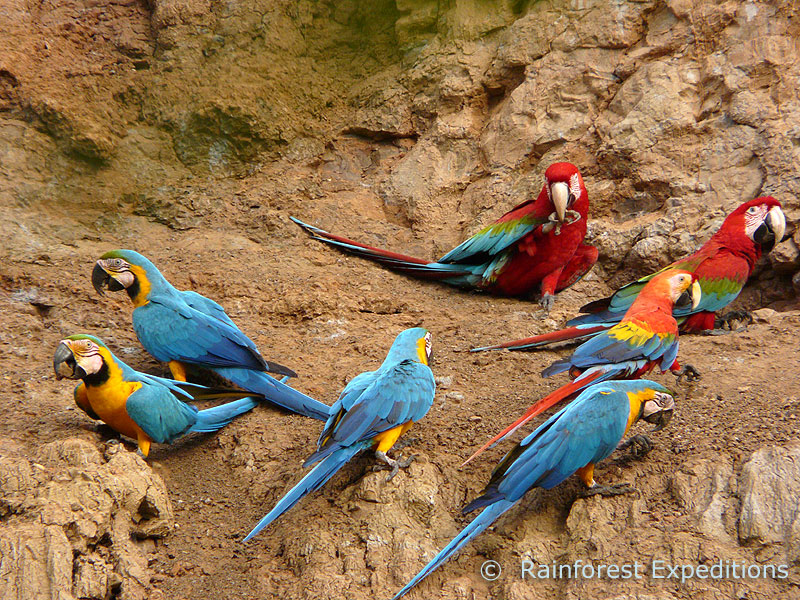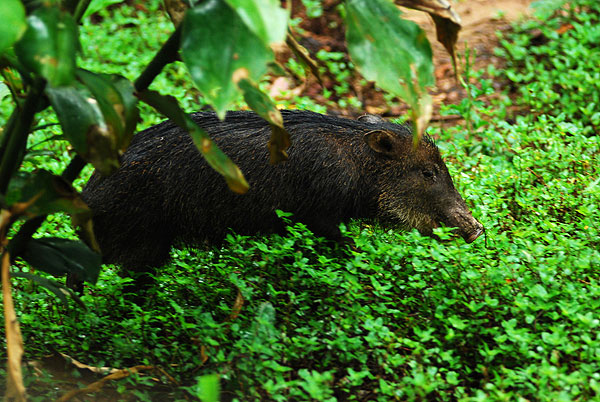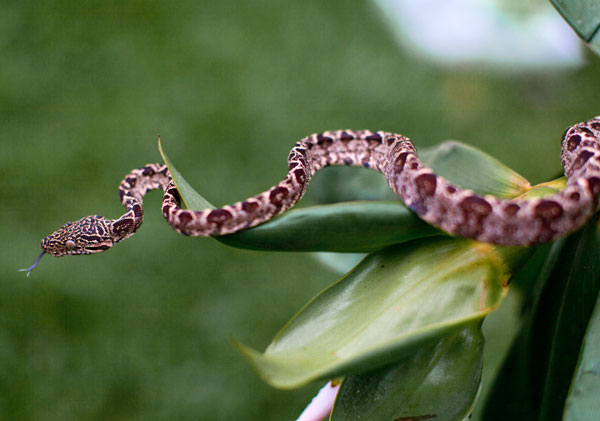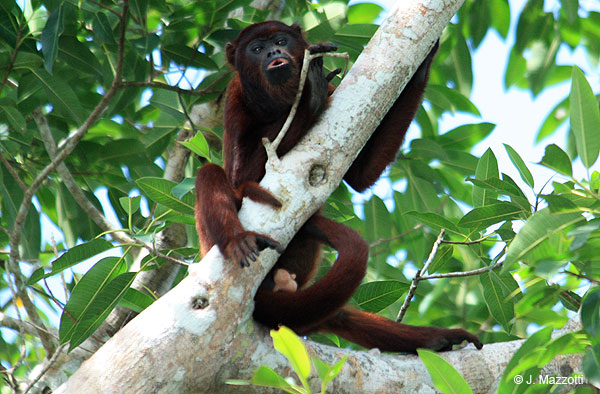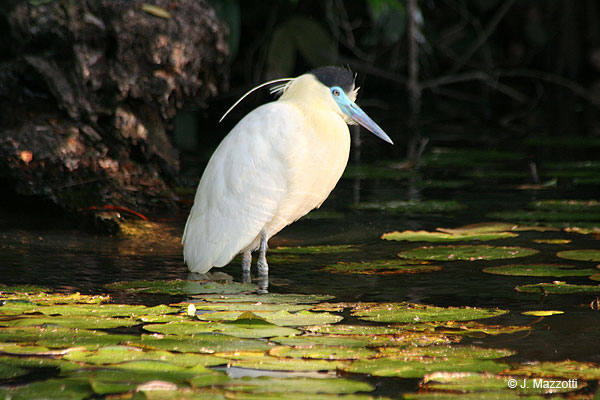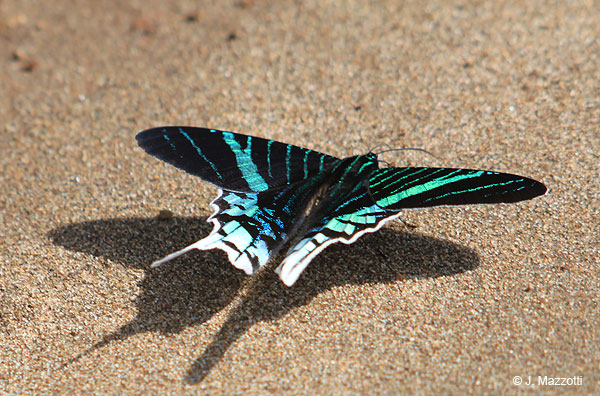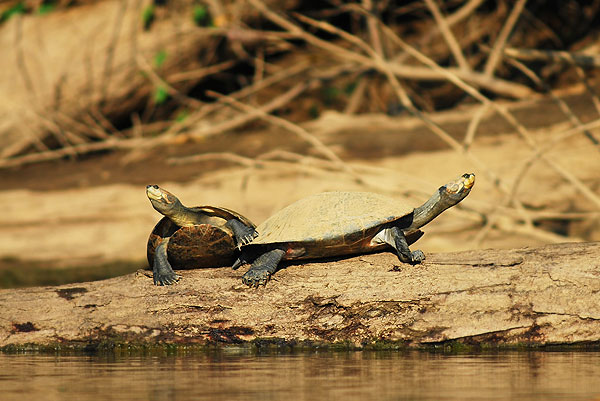Protected Natural Areas in Madre de Dios
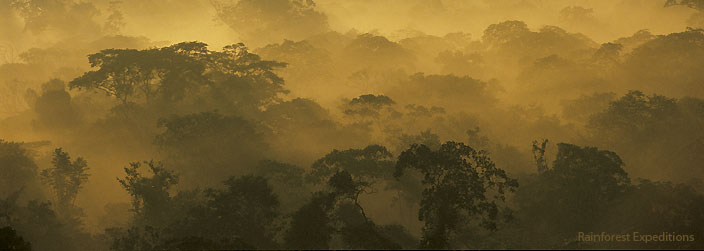
Madre de Dios is home to never-ending forests, winding rivers and abundant wildlife. It is a wildlife reserve and refuge for endangered species, like the maned wolf and marsh deer.
This region is also home to indigenous communities that promote ecotourism in regions with some of the richest biodiversity in the world.
The Tambopata National Reserve, Bahuaja Sonene National Park, Alto Purús National Park, Manu National Park, Communal Reserve Amarakaeri, Purús Communal Reserve and private conservation areas are the main natural settings located in the department of Madre de Dios, forming one of the most mega-diverse area on the planet. The most important animals that can be found there are the maned wolf, the marsh deer, the giant anteater, the river wolf or giant otter, the bush dog, the black caiman and the harpy eagle.
Visit and Travel to Protected Natural Areas
The entrance of tourists to this protected areas is restricted to certain areas, those that should be coordinated previously with the tour operators. To enter the protected area, prior authorization from SERNANP is required. We consider indispensable to coordinate your expedition with expert guides and Jungle Tour Operator. All expeditions must be accompanied by an official guide.
Inside the parks, and close to them, exist areas enabled for tourists and visitors, and other areas are only restricted for the entrance of investigators. In the area for tourists there are jungle lodges that offer lodging and guided wildlife excursions for the tourists, as well as housing facilities and work for investigators and scientific.
In the Tambopata river can adventure tourism (rafting and other activities) between June and September. Along the river you can camp on the beaches where the variety of flora and fauna this is appreciated. You can also visit the clay lick Heath, 7 hours from Puerto Maldonado browsing the Madre de Dios River and Heath. There a variety of multicolored macaws, parrots, parakeets, capybaras and other animals can be seen.
Manu National Park
The best wildlife destination in the Peruvian Amazon. The park hosts one of the greatest concentrations of life on the planet, with record numbers of birds (over 800 species), mammals (200 species) and plants, including orchids and giant trees. Since 1977, the area has constituted the core of the Manu Biosphere Reserve, declared a Natural World Heritage Site by UNESCO in 1987. The Park allows for research, education and recreation, as well as contributing to the preservation of archaeological heritage. Its presence contributes to the recognition and protection of cultural diversity. Located 280 Km from Cusco y along the Cusco - Paucartambo road (10 hours using a 4x4) is Atalaya, from where the trip continues by river to Boca Manu (7 hours by boat). Afterwards, you have to travel along the Manu river to access the park. It is also possible to reach Boca Manu from Cusco by light aircraft (45 minutes)- Tours in Manu - Manu more information ....
Tambopata National Reserve
The best place to bird and wildlife watchers. Is the most visited area in Madre de Dios, home to one of the richest ecosystems in the world and offers a unique experience for those who want to discover the Amazon rainforest. It boasts an incalculable wealth of biodiversity: 900 species of bird have been discovered in the area, along with 1,234 species of butterfly, 94 types of fish, 127 amphibians and 74 reptiles. Located between the basins of the Tambopata and Heath Rivers, the reserve covers an area of 274,690 hectares and is found in both the Madre de Dios and Puno departments. The main tourist access is 45 Km / 28 miles south of Puerto Maldonado (2 hours by motorboat). (Map of Tambopata National Reserve)
Bahuaja Sonene National Park
The site was established to protect the only tropical wet savannah in Peru. It is located between the Madre de Dios and Puno regions, in the provinces of Tambopata, Carabaya and Sandia. With a size of 1'091,416 hectares, it also crosses into Bolivia.
Among the most important animals found in the area, highlights are the maned wolf, swamp deer, giant anteater, giant otter or sea wolf, bush dog, black caiman and harpy eagle. It contains the tropical forests and tropical foothills of Puno, dwarf forests, and the Heath Pampas.
Inside the cultural processes of Ese'eja tribe, ethnicity and native ancestrally linked to these territories is also protected. Furthermore, your property contributes to sustainable development of the Madre de Dios and Puno regions.
Has reported the presence of more than 600 species of birds -378 of them in the area of Heath River- which stand between 7 species of macaws, roseate spoonbill (Ajaia spoonbill), the condor of the jungle (Sarcoramphus papa) and the harpy eagle (Harpya harpyja). In turn, it is estimated that within live more than 180 species of mammals, among which bush dogs (Speothos venaticus) (thous thous) and (Atelocynus microtis), giant otter or otter (Pteronura brasiliensis), the marsh deer (Blastocerus dichotomus) and singular maned wolf (Chrysocyon brachyurus), the latter two iconic species of the Pampas del Heath that exist nowhere else in the country.
Location: 90 Km south from Puerto Maldonado (5 hours on a 55 horsepower boat).




